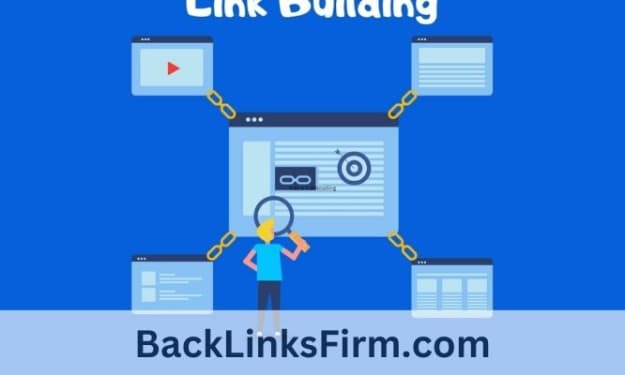Team Structure and Cost Associated with Agile Software Development
An experienced project manager as well as a strategy executive shares insights on the team structure and costs associated with agile software development.

There are many questions that come to mind when someone wants to develop a new product. One of the most important questions is whether to adopt agile. In this blog, experts from FATbit Technologies answer the essential questions on team structure and cost associated with agile.
Why should businesses adopt agile?
The competitive landscape is ever-changing and the same is true for consumer expectations. Time is a critical factor as a business owner may get only limited time to outperform competitors or deliver an exceptional user experience to meet consumer expectations. Adopting agile methodology, like Scrum, is an important step for businesses towards keeping up with the industry as well as the demand.
It enables a business to lower the risk as new improved versions of the product are launched after every few weeks. Hence, businesses no longer have to wait for an entire year to release a product. However, to adopt agile for software development - resources, capabilities, and processes are needed. Businesses can either hire agile teams or partner with a custom software solutions provider and experience almost immediate ROI.
Different roles in agile and can the team structure change as per clients requirements
To execute using an agile methodology, a team structure has to be finalized. Considering the example of scrum framework, its most important elements are sprints - which include various cycles that a team has to abide by. Depending on the level of complexity, basic team structure can include scrum master, product owner, technical architects, and stakeholders (client-side and internal). Explained below are the roles and responsibilities of different team members:
Scrum master- Acts as a facilitator and conducts proper ceremonies that include daily standup, review, retrospective meetings. These ceremonies are important for a cycle to run in a streamlined way and can be iterative and incremental. So, if there are any challenges then the Scrum master plays a crucial role in resolving the bottlenecks by providing the solution to the Scrum/Product owner.
Scrum product owner- Acts as a manager for managing things - understands the requirements, plans, and channelizes things, adding work to the queue of the team. The owner also makes sure that the ceremonies are conducted properly, reporting and seeking advice from the scrum master if there are any challenges.
Technical team- This team comprises experts such as UI/UX designers, developers, QC analysts; every member has their own goals to meet in every sprint. The technical team also has the responsibility for seeking advice on complex solutions along with their implementation. Moreover, the members of the technical team are self-organized with expertise to deliver the right product to the client.
External and internal stakeholders- External stakeholders are purely from the clients’ and their investor’s side while internal stakeholders include experts from the scrum team. After every sprint the scrum master and the product owner evaluate the viability of the product, i.e. the final result should be what the client had requested earlier, there should be no mismatch. Minor deviations/variations can be met in the next sprint and if the client accepts, the delivery of product is done. Further, there is a continuous development and deployment process for each sprint.
As per the requirements shared by the client, the scope of work is subdivided into small deliverables. It is the responsibility of scrum master and product owner to filter simple and complex requirements in two different trays. Based on the categorization, a backlog is created and then experts are onboarded as per the requirements of the sprint.
Agile best practices for more ROI
For effective project management, the requirements, as well as the vision of the client, should be clear. A clearly defined vision enables the project team to further elaborate the roadmap. To transform the vision into a product, certain investment is needed. The Scrum methodology enables a client to have flexible options to control the cost, when needed. Hence, the cost factor holds less priority than a clearly defined vision.
The technologies used while developing a product may decide the life span of the product. This is due to certain technologies becoming redundant over the course of a few years and being replaced by new ones. To make an informed decision, we have technical consultants who can guide the client to adopt technologies that may last several years.
Last but not the least, the third factor is to invest in a team that holds expertise in a specific field. Ideally, the client should check the portfolio section of the company and observe whether the software development service provider has experience in the same or similar industry. The agile software development team should have a good understanding of the scope and maintain a proactive communication flow to keep everyone on the same page.
Thoughts on cost associated with agile software development
When it comes to the costing of agile projects, it is done on the basis of resources or professionals participating in the sprint. Suppose, sprint 1 requires designing efforts so UI/UX designers are onboarded. Later, if designers are needed for coordination then they can be involved in that particular sprint. Similarly, if an additional resource or expert is required to increase the velocity of the project then it is a temporary addition for that sprint only. Clients are always kept in loop and are billed based on resource utilization for each sprint.
Conclusion
There can be multiple ways to deliver a project on time. One such approach is to follow the scrum methodology which is efficient and cost effective. It enables the software development service provider to deliver quality work in less time. The same is made possible as it involves distribution of work among experienced and associated team members (along with flexibility to add more members to meet tight deadlines).
By choosing the agile methodology for the development of a product, clients can enter new markets in relatively less time, mitigate risks that come with non-iterative software development processes, and change requirements before starting any sprint.
About the Creator
Ramesh Lal
Sr.Digital Marketing Executive. https://www.linkedin.com/in/rameshlal1509/






Comments
There are no comments for this story
Be the first to respond and start the conversation.